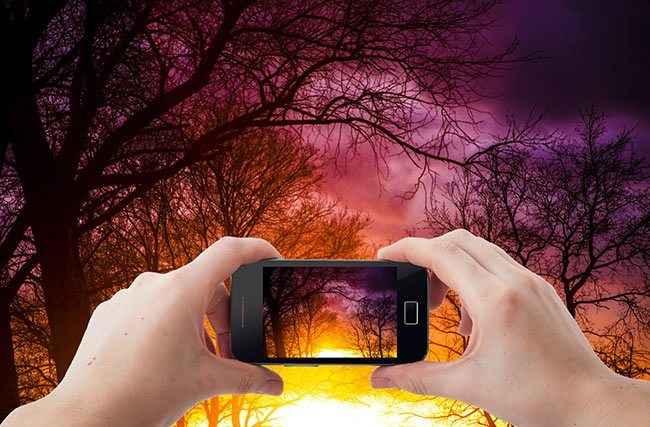Most people don’t think about the different roles they play…
Ensuring Your Photos on Canvas Are Fit for Your Walls
Photos on canvas have quickly become one of the easiest, most affordable, and most dramatic ways to decorate any room. Even in spaces where you can’t conduct major renovations (whether due to budget constraints or other obstacles), the thoughtful use of canvas art on the walls can transform a room in terms of beauty and in terms of purpose. So it’s little wonder that so many people have experimented with uploading their personal photos to be turned into canvas photo prints for their walls.

It’s also unsurprising how often those prints turn out to be disappointing. This isn’t a problem with the technology or the service itself – online photo prints are high-quality. The problem usually is traced back to the source photo files themselves. If you upload unsuitable photos, you’re going to receive back unsuitable canvas prints, unfortunately. Her are some quick tips to make sure that when you order your next set of photos on canvas you get back art that’s worth hanging.
Photos on Canvas: Start with Image Quality
For those of us who aren’t professional photographers or particularly skilled and experienced with computers and smartphones and digital cameras, it’s fairly common to assume that default settings are fine. After all, when we buy a car or other complex piece of machinery we rarely have to “pop the hood” and make minute adjustments before we can operate it.

Photography is different, though. Whether a point-and-shoot style camera or a smartphone with a built-in camera App, there’s usually limited memory. As a result, the default settings for most digital photos is fairly low-quality. What’s deceptive of that this default quality setting is frequently good enough to look great on a computer screen, but not good enough to look good as canvas prints. A few minutes of investigation will reveal how to set your quality settings to the highest possible configuration, which will vastly improve the look of the final product. Just keep in mind that this usually means you won’t be able to store as many pictures as before, because the files will be larger.
Better Wall Art: Consider Compression
Often smartphones will save photos in a default file format such as JPEG. These file formats use compression to reduce the file size. Compression is a complex concept, but in general it works by “approximating” similar pixels. For example, let’s say in an image you’ve photographed there are a hundred pixels in one area of the photo that are precisely the same colour red. Instead of storing the same colour info one hundred separate times, the compression algorithm will store the colour code once with data about which pixels it applies to. That’s just one of the most simplistic aspects of compression, but the principle is always the same: Some of the information about the photo is deleted in order to make the file size smaller while retaining an acceptable level of image quality.
Switching to a non-compressed image format like RAW will result in much, much larger image files, but much higher quality. A little investigation into your phone or camera’s capabilities can result in incredibly vibrant and clear photos that will make really wonderful photos on canvas.
Now that you know the two biggest secrets of photos for your wall decorations, get out there and take some amazingly crisp and clear high-quality photos – then click here and we’ll make certain the final result is as clear and high-quality as you always imagined.



